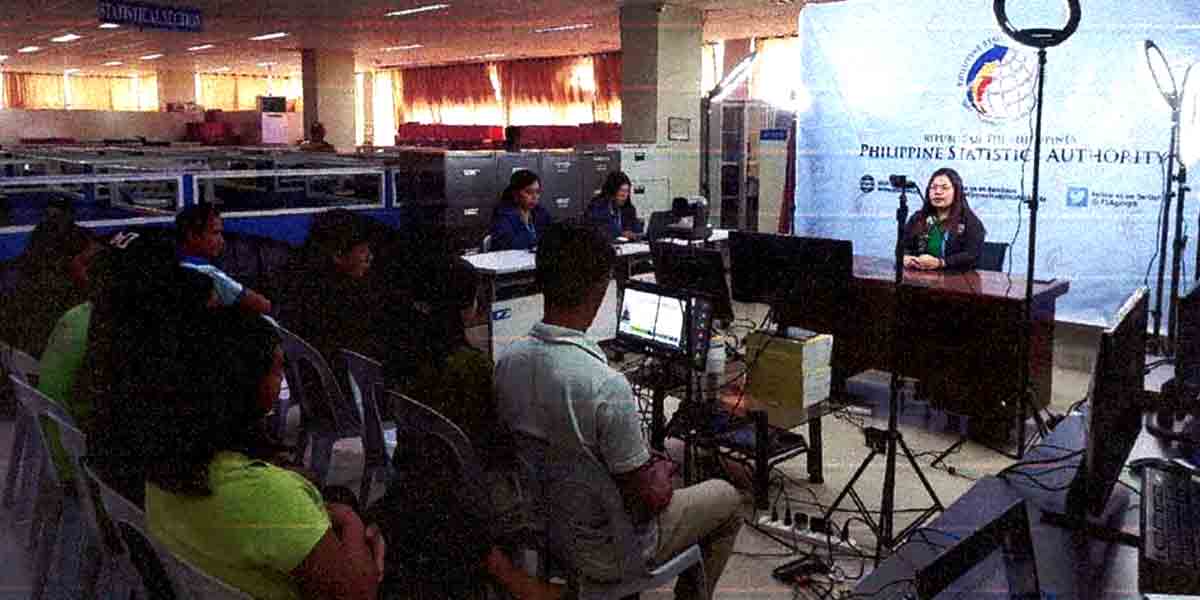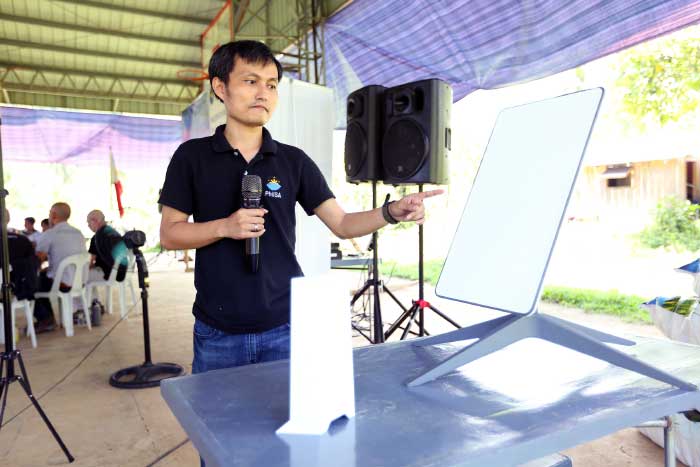On April 21, the United States government and its Philippine partners demonstrated the effectiveness of satellite broadband technology in remote areas of the Philippines as part of a U.S.-supported program to increase access to fast and reliable internet connectivity in the country.
The Introducing Non-Geostationary Satellite Constellations Test Deployments to Improve Internet Service (INCENTIVISE) program was launched by the Philippine Space Agency (PhilSA) and the Department of Science and Technology’s Advanced Science and Technology Institute (DOST-ASTI), with the support of the United States Agency for International Development (USAID), in October 2021. Under this program, PhilSA invites satellite operators to conduct pilot tests in Geographically Isolated and Disadvantaged Areas (GIDAs) to demonstrate the viability of satellite broadband technology and assess its performance in the country.
Through INCENTIVISE, USAID facilitated PhilSA’s procurement of SpaceX’s Starlink satellite internet services for Barangay Dikapanikian in Dingalan, Aurora and Barangay Apad in Jomalig, Quezon.
Residents of the two pilot areas have cited the positive impact of INCENTIVISE in the provision of local services, particularly in the education and healthcare sectors. “With the help of the internet, we can now conveniently conduct video calls to the local Barangay Health Station to provide clear instructions on medication before our actual visit and check-up appointment,” said Bing Sabado, a midwife of the Rural Health Office of Dingalan, Aurora. “The internet is a big help to the teachers and students especially in lesson planning because they now have access to online resources,” said Dr. Sharon Villaverde, Public Schools District Supervisor in Jomalig, Quezon. “The lessons now have become more interactive and engaging because the teachers are incorporating the use of technology and the internet.”
“Satellite internet provides a reliable internet connection to those living in rural or remote areas where traditional terrestrial connections are not available. By leveraging these technologies, we can bring connectivity to all Filipinos, regardless of their location,” USAID Philippines Office of Economic Development and Governance Director Jeff Goebel said during the presentation of the results of the pilot test in Aurora and Quezon. “The entry of satellite broadband technology in the Philippines is crucial to help bridge the digital divide and ensure that every Filipino has access to the opportunities that come with the digital age.”
“We want to promote the value and benefit of space technologies so we as a country can continue investing in these capabilities and so that the benefits of these activities will reach our communities,” PhilSA Director General Joel Joseph Marciano, Jr. said.
Following this public demonstration, USAID will continue working with PhilSA and DOST-ASI to identify other GIDA sites that will test the viability and effectiveness of satellite broadband technology.
Through programs like INCENTIVISE, USAID is supporting the Philippines to modernize its digital infrastructure. USAID believes that fast and reliable internet connectivity can help the country become a competitive player in the global digital landscape by improving its access to the global market, enabling e-commerce and online transactions, facilitating communication and information exchange, and fostering innovation and entrepreneurship.





















